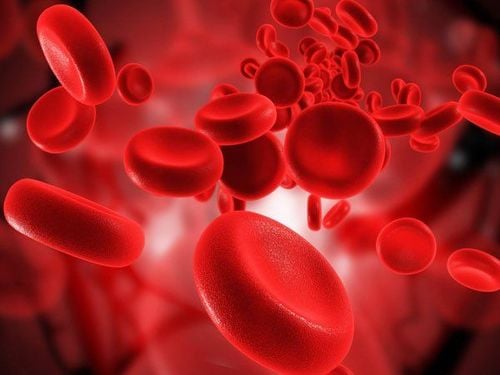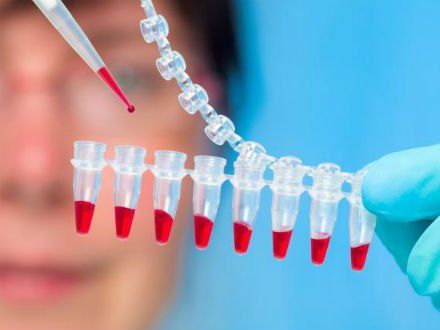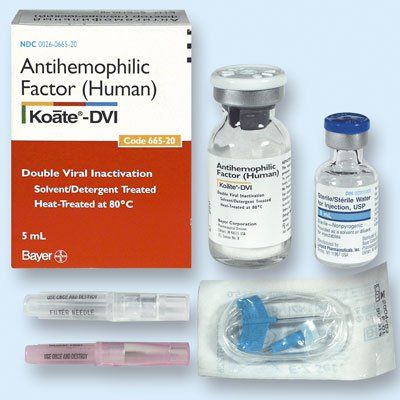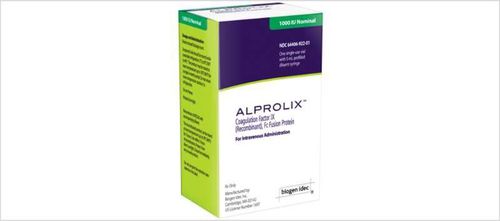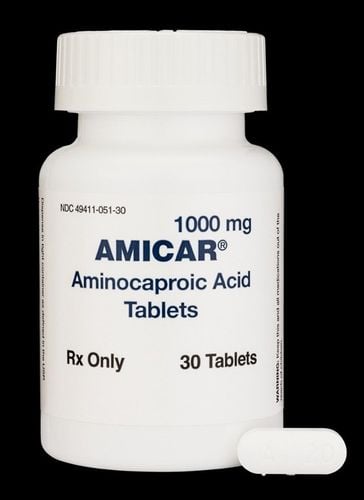This is an automatically translated article.
The INR test is a type of blood test involved in blood clotting. INR stands for International Normalized Ratio - a test that assesses the level of blood clot formation, indicating the blood clotting time of the test patient.
1. What is coagulation?
Immediately after an injury that damages the vascular endothelium, the coagulation response is activated. Initial hemostasis occurs when platelets form a stopper at the wound site. The coagulation factors in the plasma respond to a chain reaction to form fibrils that strengthen the platelet plug, which is secondary hemostasis.
Blood is stopped by the lesion covered by a clot containing platelets and fibrin, when the blood vessel wall is damaged. Blood clotting disorders can cause blood clots or increase the risk of bleeding.
2. What is an INR test?
The INR test is a type of blood test involved in blood clotting. INR stands for International Normalized Ratio - a test that assesses the extent to which blood clots form, indicating the blood clotting time of the test patient.
Prothrombin is a protein produced by the liver that acts as a clotting factor. Professionals often do a prothrombin time (PT) test to check how long it takes for it to clot and prevent excessive bleeding.

Prothrombin có vai trò chính trong việc làm đông máu
3. What is the INR standard for the formation of blood clots?
In normal people, the INR is in the range of 0.8 - 1.2 In most cases, when taking anticoagulants, the INR value should be achieved in the range of 2 - 3, ideally 2, 5. If INR < 2 : insufficient anticoagulant effect If INR > 3 : excessive anticoagulant effect. However, in some specific cases, the recommended INR value can be up to 4.5. In all cases, when INR > 5, there is a high risk of bleeding. INR test rhythm:
First test: Performed within 48 hours +/-12, after taking the first dose of the drug, to detect the excessive sensitivity of each patient's body to the drug. If INR > 2 indicates overdose and the dose must be reduced. Second test: Performed according to the results of the first INR, to assess anticoagulation effectiveness. Depending on the case, it is done on the 3rd to 6th day after the first dose. Follow-up test : Performed every 2 – 4 days until a stable INR is obtained, then every week, every fortnight and up to once a month. Sometimes it takes weeks to reach a balanced INR. In case of dose change : The test should be performed every 2 to 4 days after the dose change and repeated every 4 to 8 days until the INR is stable.
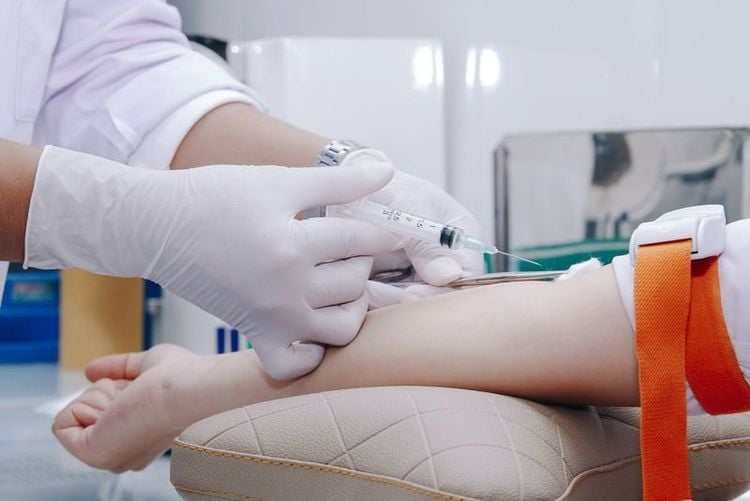
Kiểm tra INR giúp kiểm tra tình trạng đạt tiêu chuẩn cho việc hình thành các cục máu đông
4. When is an INR test needed?
Before the patient undergoes dental or surgical procedures.
Patients who have just had their heart valve replaced, this test is to monitor the patient's health related to blood, blood clotting.
When the patient starts or ends the use of functional foods, anticoagulants (especially Coumadin-type vitamin K antagonists).
The INR test is used to monitor the patient's blood clotting rate. Therefore, this test has an important role in the diagnosis and treatment of coagulation-related diseases.
5. How does the INR test work?
Before performing: This procedure requires no special preparation. However, the test results may be inaccurate due to the influence of some external factors, such as:
Anticoagulants (warfarin, heparin...) Vitamin K during the treatment of liver disease Herbs, supplements, and some prescription and over-the-counter medications Certain foods, especially those rich in vitamin K, So before your test you should tell your doctor what medications you take. , herbs or supplements you are taking. Besides, if you have a habit of consuming foods rich in vitamin K, inform your doctor.
Also, like many other blood tests, you may also be asked not to eat or drink for 8–10 hours before the INR test.

Trước khi xét nghiệm người bệnh không nên sử dụng các loại thuốc, có thể gây ảnh hưởng đến kết quả xét nghiệm
During the procedure: You will need a small amount of blood as a sample for analysis. To do this, medical professionals will usually use a needle to draw blood. The most common location is the inside of the elbow because the skin here is relatively thin, which is convenient for finding capillaries.
In order to ensure the quality of the analyzed sample, the procedure will proceed to ensure sterility with the following steps:
Disinfect the blood collection site. Search for a vein for sampling using an elastic band that tightens the upper biceps. As a result, capillaries can be clearly visible under the skin. Use a sterile cotton ball or bandage to stop bleeding after the sample has been collected. After taking: After the blood sample is taken, it will be sent to the laboratory for analysis. Here, experts will use a number of chemicals to determine the time it takes for the blood to clot. You can get results in a few days.
With the information provided about the INR test to assess the degree of blood clot formation, I hope you will find what you are interested in.
To register for examination and treatment at Vinmec International General Hospital, you can contact the nationwide Vinmec Health System Hotline, or register online HERE.




